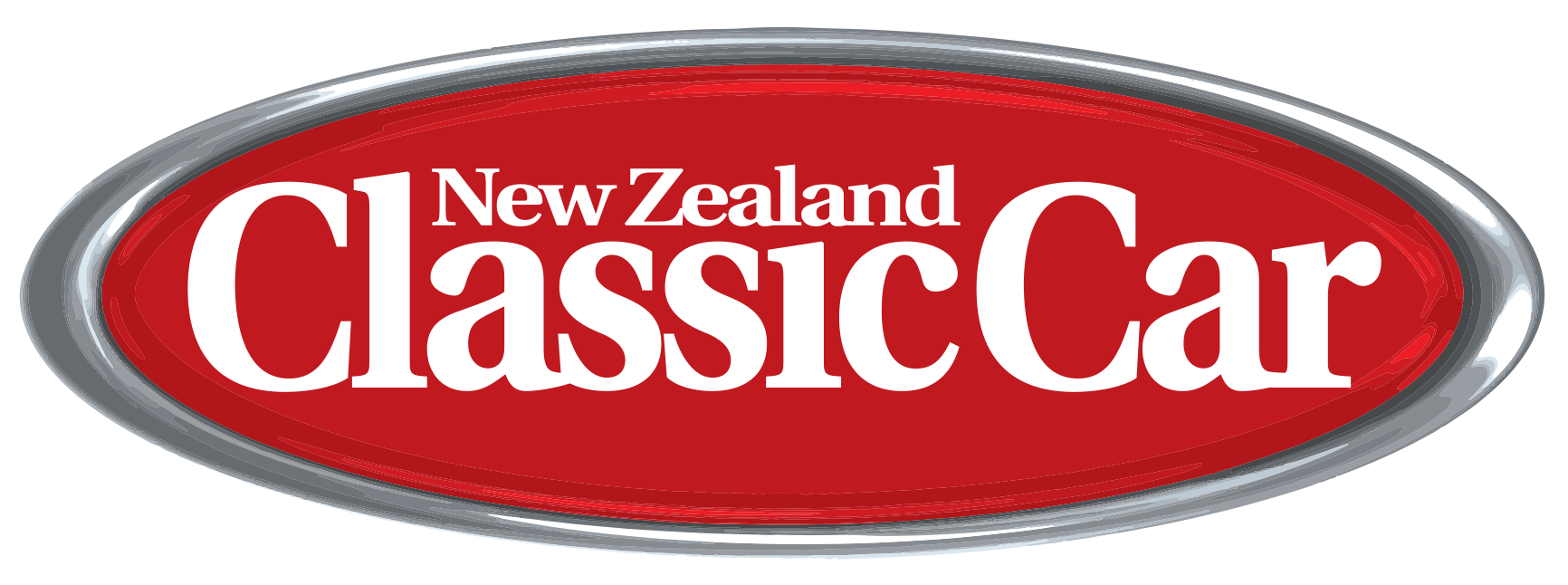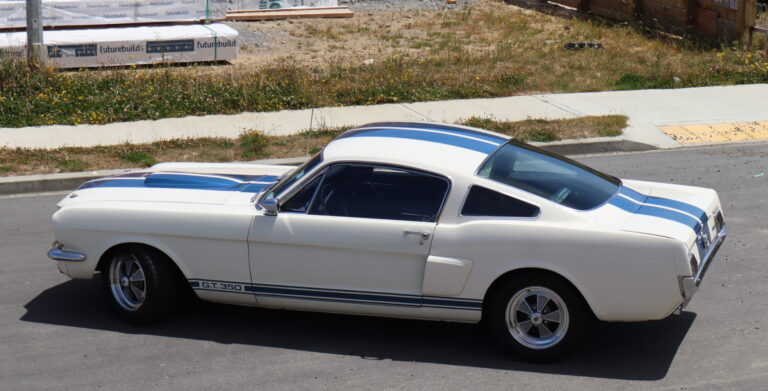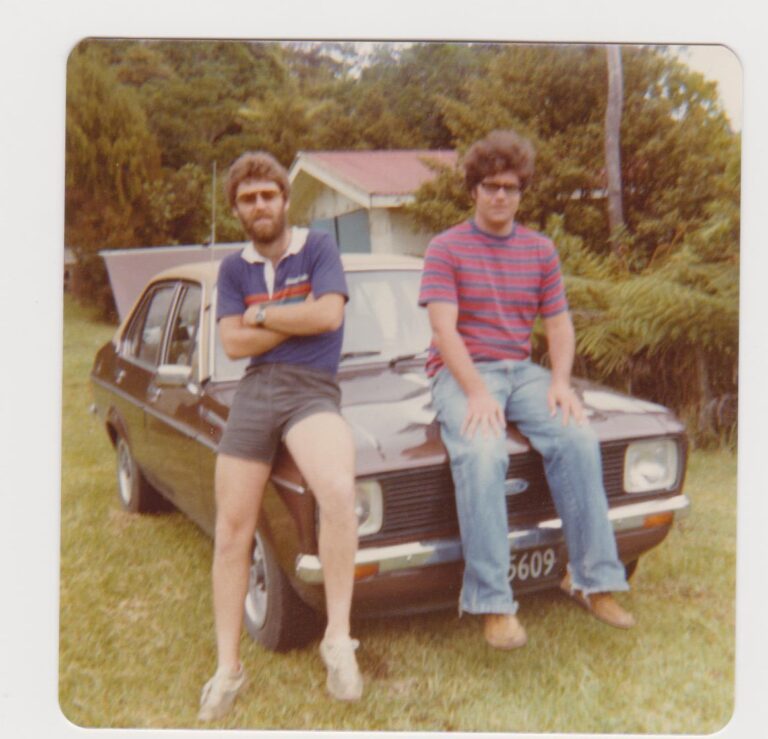In a bid to crush the illegal trade of vehicles between the UK and the US, the US Customs and Border Protection (CBP) has been doing some crushing of their own.
The images doing the rounds online are of a Mini Cooper — illegally imported and unsafe — being crushed after it was seized by CBP.
The seizure was for what appears to be a fraudulent vehicle identification number (VIN), where the vehicle was manufactured in the 2000s, but sold as a 1988 model, which would have met the 25-year rule. In the US, vehicles over 25 years of age are exempt from EPA emissions standards and DOT safety ratings, but newer vehicles that do not comply must be brought to compliance, exported, or destroyed. Check out the destruction of the Mini Cooper below.
A fraudulent VIN is a pretty common occurrence, where the vehicle is represented on import entry documentation as being 25 years or older, but may be newer, illegally reconfigured, or even reconstructed from the parts of older vehicles.
Over the past year CBP has increased targeting and inspections of suspect imported vehicles, primarily Minis and Land Rover Defenders, as part of Operation Atlantic — a new trans-Atlantic partnership between US and UK regulatory and law enforcement officials. Following inspections of more than 500 vehicles, the operation has led to several criminal investigations in both countries.
We’re pretty fond of complaining about how difficult the import and VIN process is over in our corner of the globe, but somebody somewhere has always got it worse!


